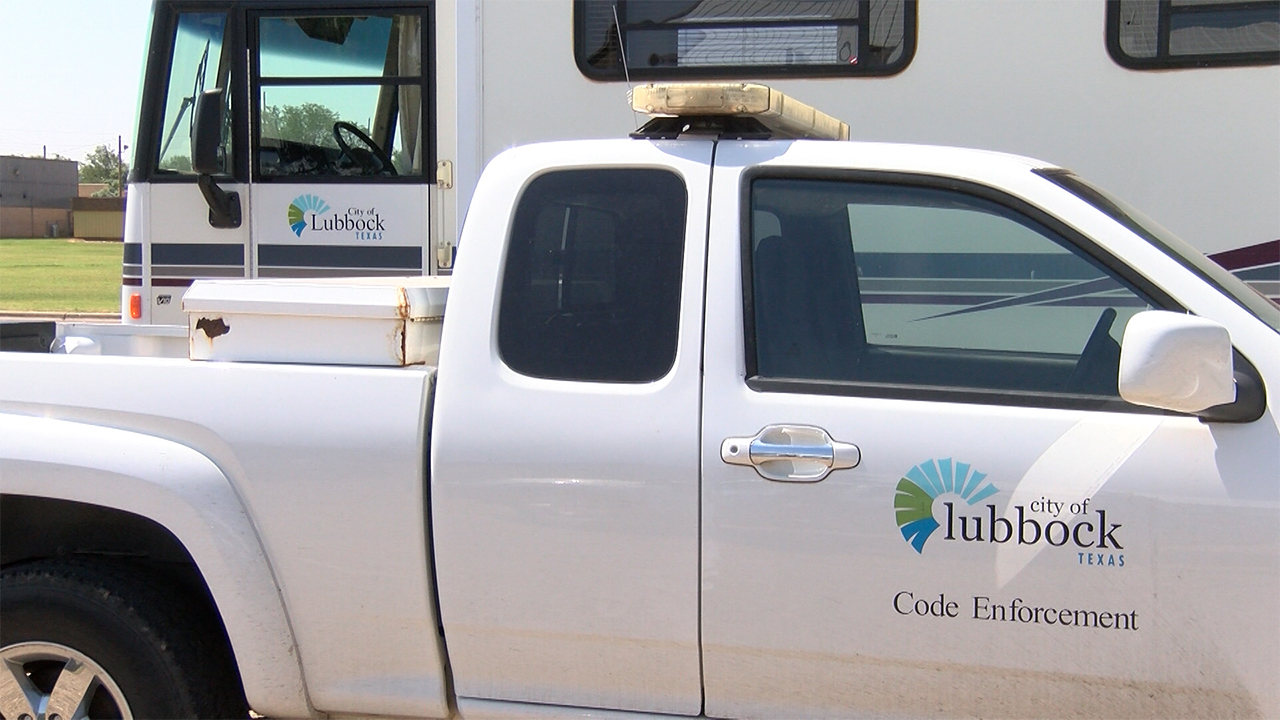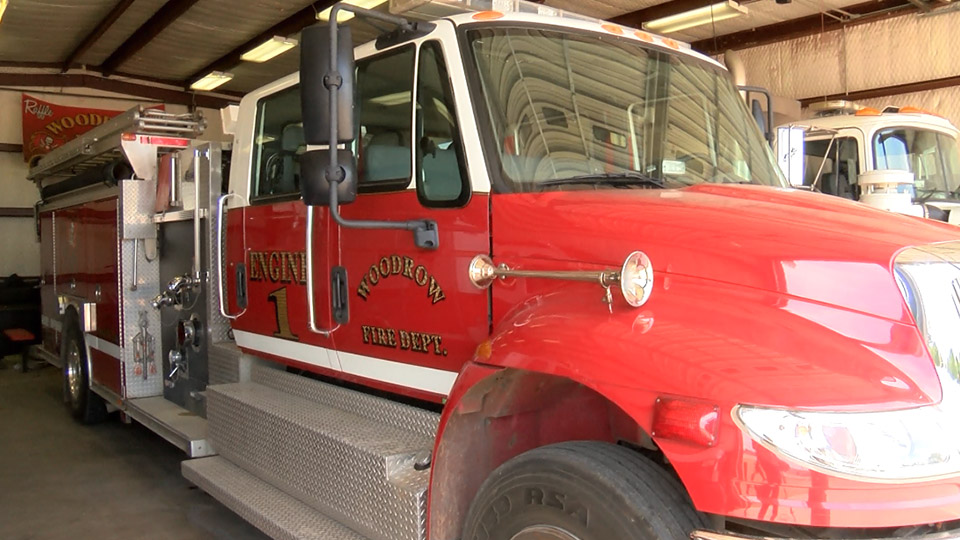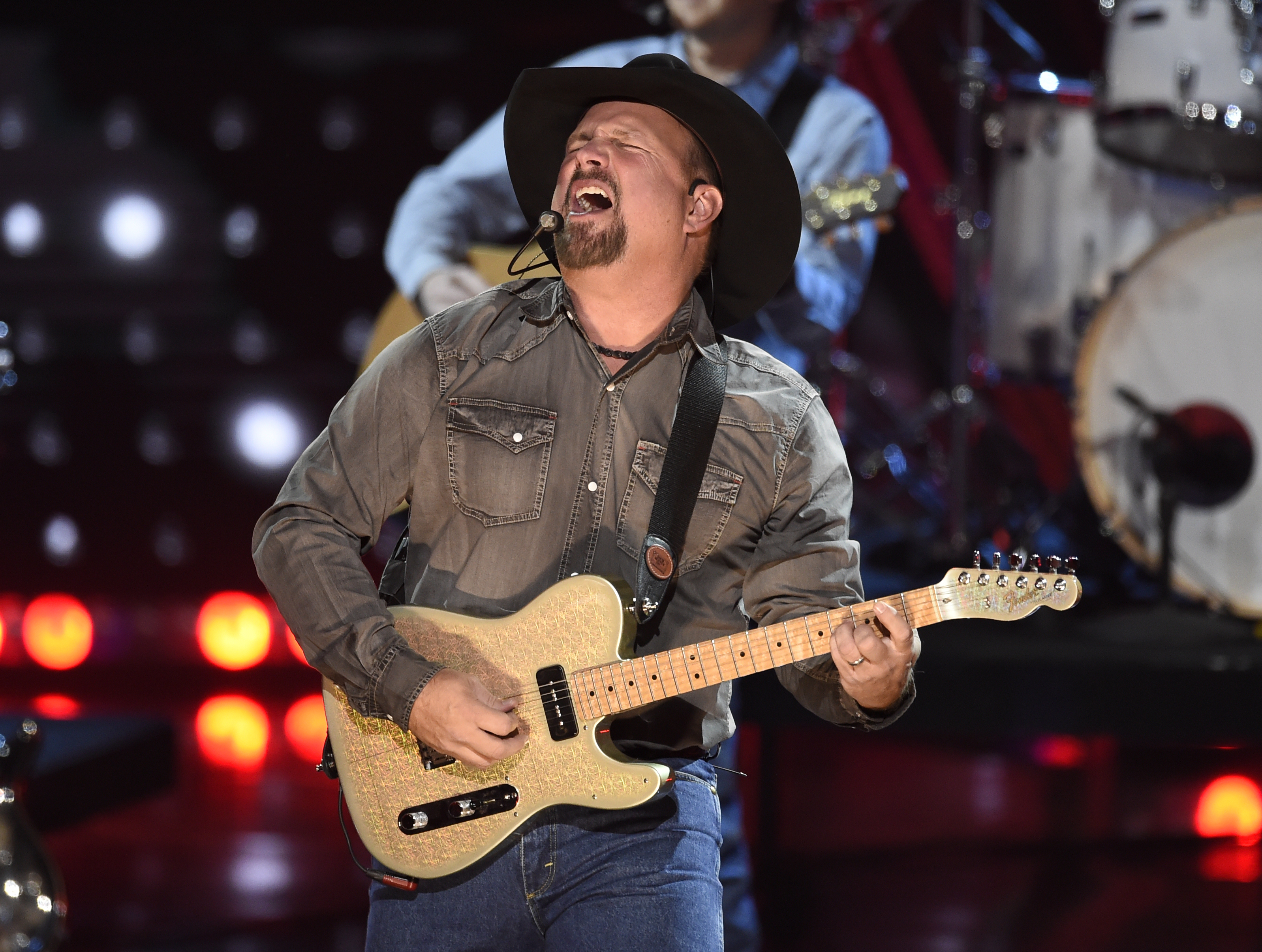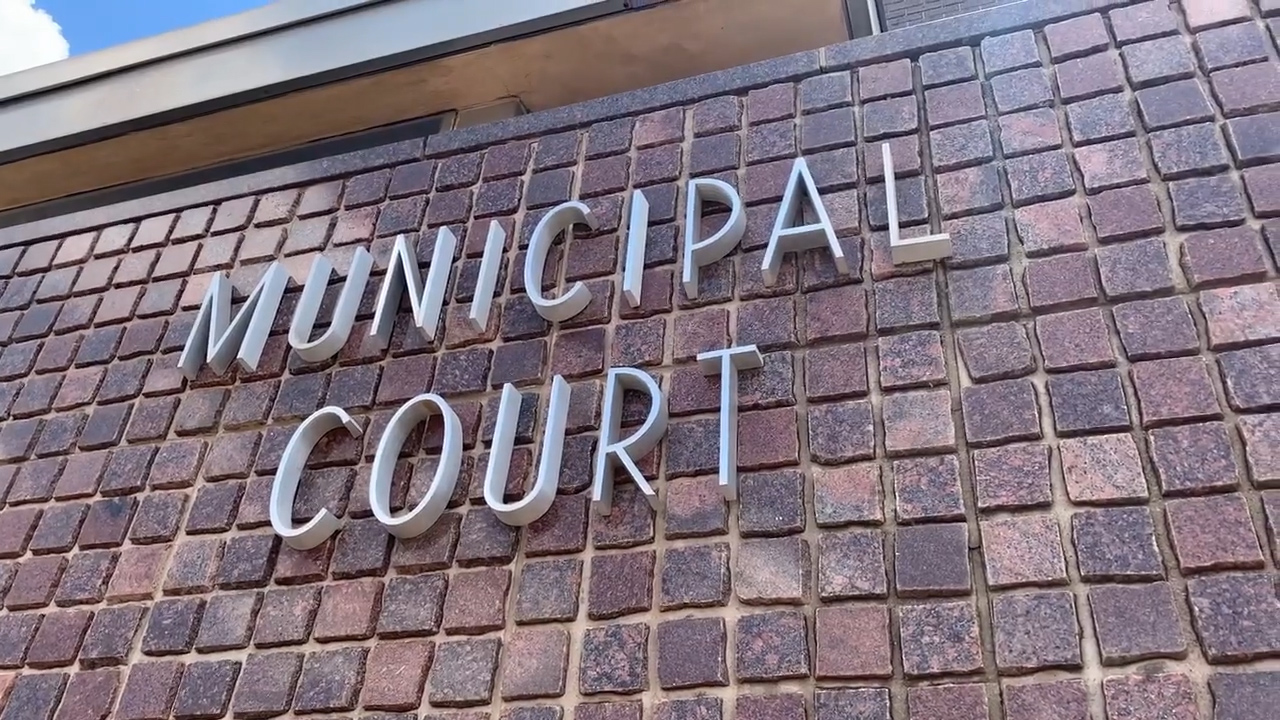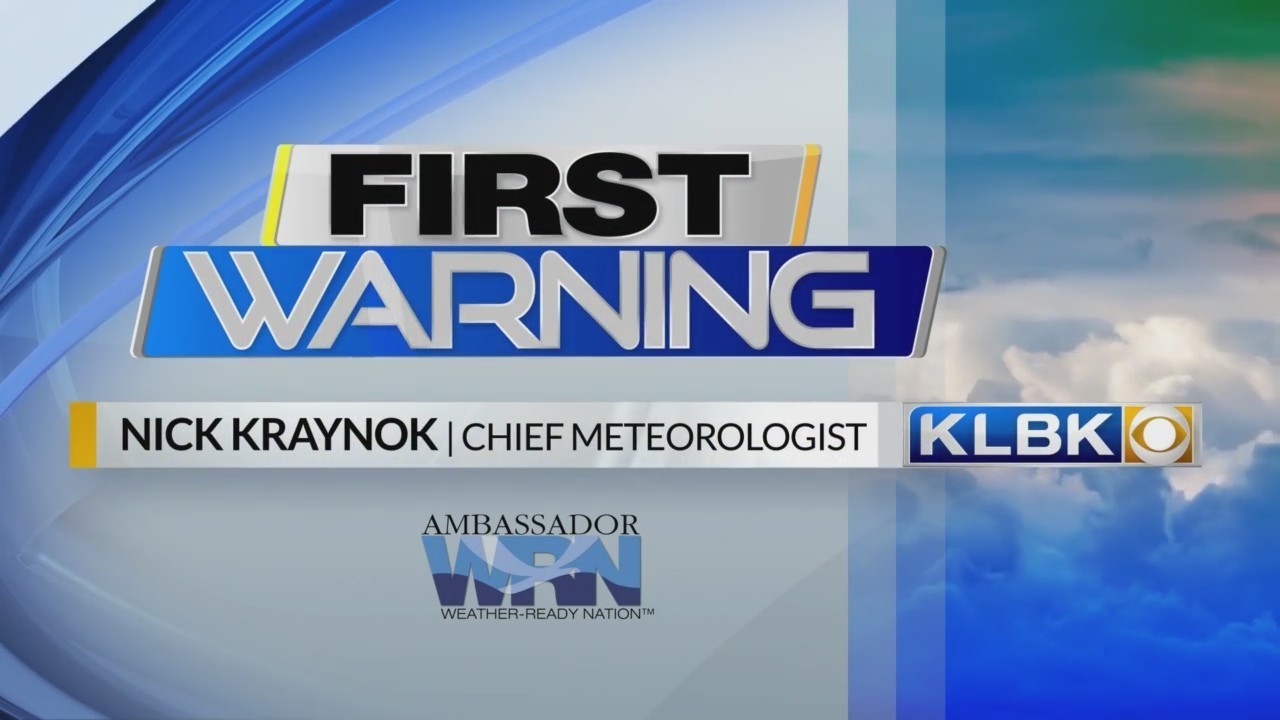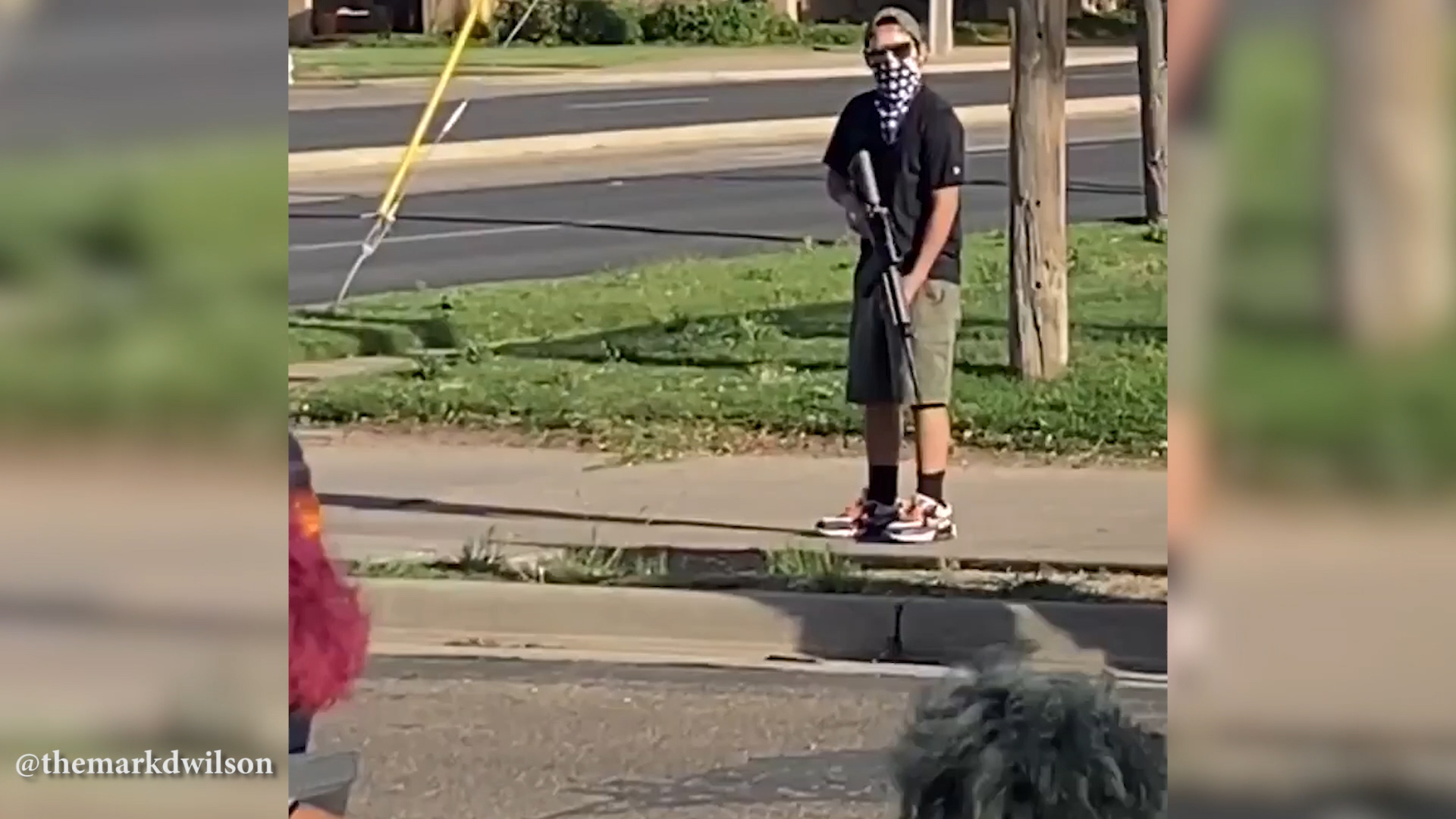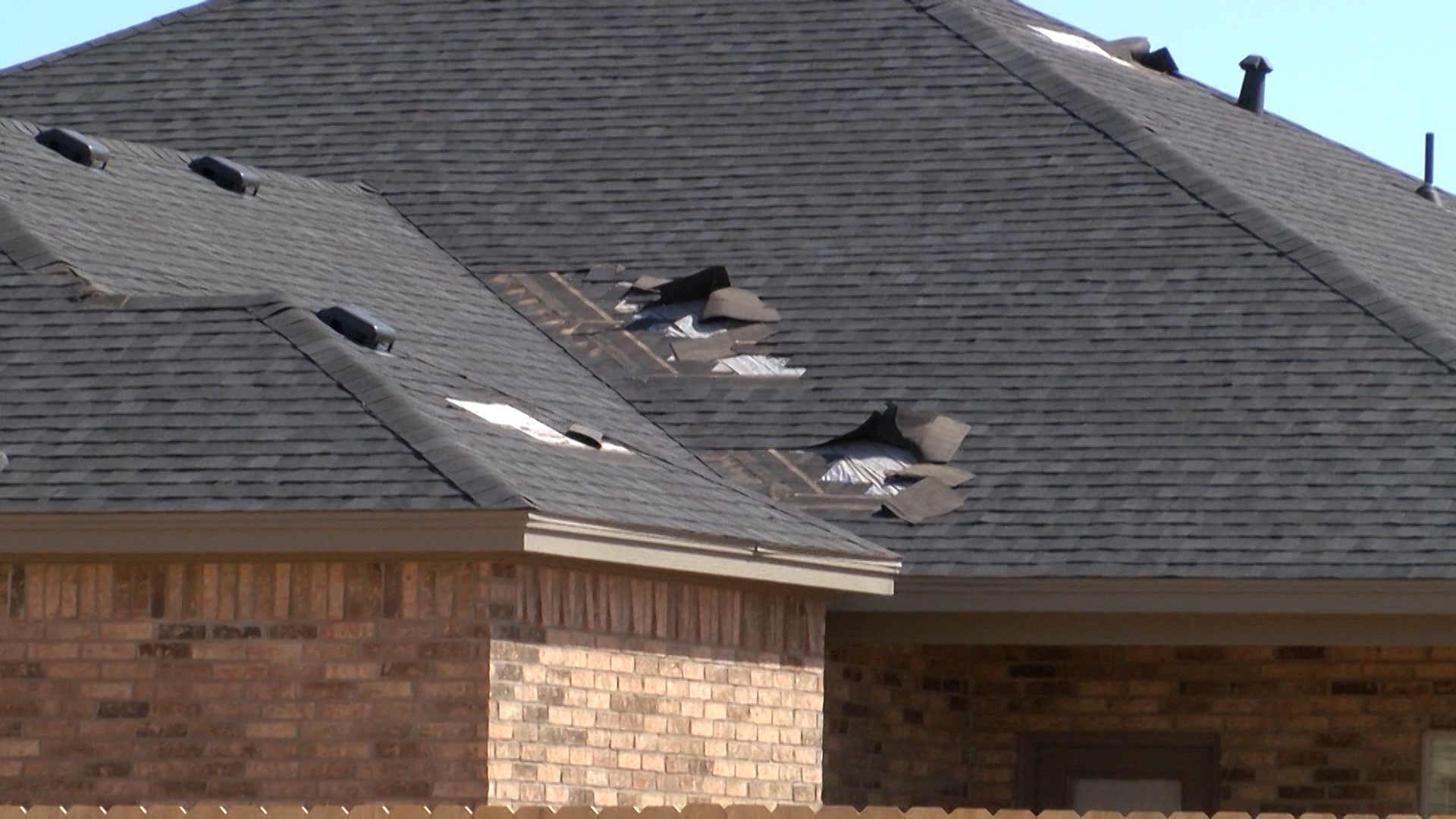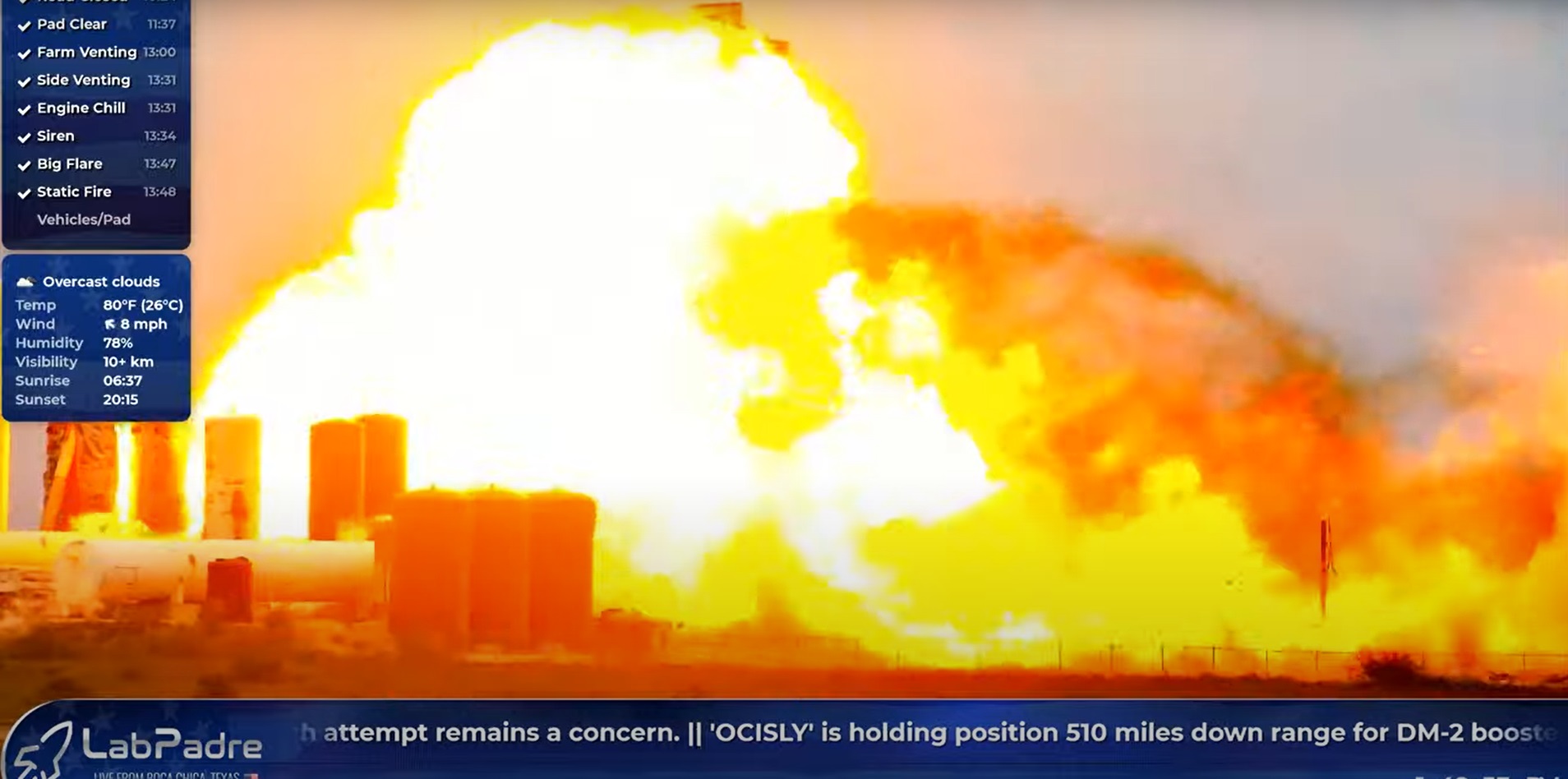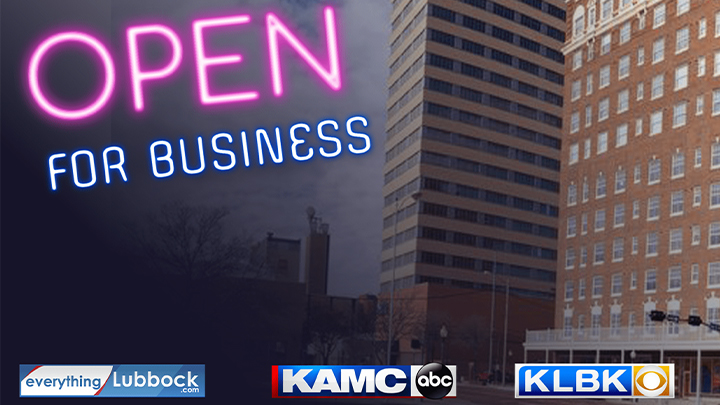A nationwide home builder on Thursday unveiled its first WiFi-powered smart home just south of Austin, a preview of what’s to come for the company in central Texas and across the country.
Lennar, which says it became the largest homebuilder by revenue in the U.S. this week after merging with CalAtlantic, built the automated home in partnership with Amazon’s Echo (users know it as Alexa) voice-control system. It features locks, thermostat, lights and a range of other devices that can be controlled with voice commands.
The home construction company says this will be the model for all its homes moving forward and plans to start building them across the country, including in at least 45 different communities in the Austin area. One of them, Enclave at Estancia, where Lennar debuted the new home, will be entirely made up of this new type of home.
The smart technology is widely available now, even in homes the company has been building for years, but what makes this one different, Lennar says, is that all of it works through high-speed wireless internet integrated into the house instead of through hard-wire. That allows owners to easily switch out technology as it changes, the company says.
It’s a significant step for the builder, but for Lennar and other construction and technology installation companies in Austin, it’s a continuation of a trend that’s been building for years.
“Our homes are sort of the last thing to benefit from this” smart technology wave, said Thomas Joseph, owner of Joseph Builders. His company, which builds primarily in central Austin, is transitioning to building only smart-enabled homes.
That means wiring it from the ground up so that outlets and light fixtures are connected to a central hub where buyers then connect their own smart system to it. “This is the nervous system of the home,” Joseph said, showing KXAN the hub inside the walls of a home-in-progress in the Zilker neighborhood, “and then you choose the brain.”
“All this different technology that we’re putting in these houses, 10 years ago was prohibitively expensive and you only saw it in really high-end custom homes,” he said. “Now they’ve gotten to a place where, you know, we can put them in every home.”
The Austin Board of Realtors expects the trend to last. The real estate sellers group doesn’t keep track of how many homes sold in the area are smart-enabled, but members say they’re seeing an increase in buyers asking for them.
“Having the convenience of operating those features from an app on your phone or from your couch will be an amenity that buyers will demand with homes purchases in the foreseeable future,” Steve Crorey, the board’s president, said in a statement emailed to KXAN.
New home builders aren’t the only ones benefiting. Austin Home Systems installs smart devices in existing houses, and “our revenue is doubling every year,” said the company’s vice president of sales, Randal Smith.
What used to be reserved for homes in the millions of dollars is becoming more accessible to more homeowners, Smith said. “The price is definitely coming down because it’s a lot more competitive in the industry.”
As for how much the technology costs, it depends on how big a customer wants to go. Smith suggests factoring it into the cost of a home. “People allow for a furniture budget, for a landscaping budget; what they need to allow for is a 3 to 7 percent automation budget.”
The average home price in the Austin area at the end of 2017 was $310,000, according to the Board of Realtors. Lennar says their new WiFi smart homes will be comparable, with prices starting around $300,000.
Wiring a new home for smart systems adds about 3 to 5 percent to the building costs, Joseph said, and although he feels builders have been slow to adopt the technology, he sees more of it down the line.
“I think it’s kind of like the next wave of what you’re going to see in construction,” he said, “and I think it’s just going to become the norm.”
(Story from KXAN)











